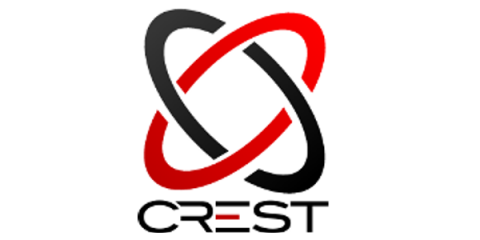Security | Threat Detection | Cyberattacks | DevSecOps | Compliance
Latest News
Open Port Vulnerabilities List
Insufficiently protected open ports can put your IT environment at serious risk. Threat actors often seek to exploit open ports and their applications through spoofing, credential sniffing and other techniques. For example, in 2017, cybercriminals spread WannaCry ransomware by exploiting an SMB vulnerability on port 445. Other examples include the ongoing campaigns targeting Microsoft’s Remote Desktop Protocol (RDP) service running on port 3389.
Securing PHP containers
According to Wappalyzer, PHP powers over twelve million websites. Not bad for a 28-year-old language! Despite its age, PHP has kept up with modern development practices. With support for type declarations and excellent frameworks like Laravel and Symfony, PHP is still a great way to develop web apps. PHP works well in containerized environments. With an official image available on Docker Hub, developers know they can access well-tested PHP container images to build on.
A definitive guide to Ruby gems dependency management
Ruby, much like other programming languages, has an entire ecosystem of third-party open source libraries which it refers to as gems, or sometimes Ruby gems. These gems are authored by the community, and are available from RubyGems.org which is the official registry for Ruby libraries. Similarly to other open source ecosystems, threat actors may publish deliberate malicious code or such which includes backdoors or credentials harvesting.
HackerOne: Hacked from the Inside
When it comes to hackers exploiting vulnerabilities in their software, organizations have two choices: They can fight the multi-headed hydra — or they can try to buy them off. And thus was born the bug bounty. Of course the situation is a bit more complicated than that, but ever since Peiter C.
CyRC Vulnerability Advisory: Local privilege escalation in Kaspersky VPN
An Inside Look at How to Keep Open Source Software Dependencies Up-to-Date and Secure
Today, open source software provides the foundation for the vast majority of applications across all industries, and software development has slowly moved toward software assembling. Because of this change in the way we deliver the software, new attack surfaces have evolved and software security is facing new challenges inherent with dependency on open source software.
Cookie O'clock
Testing effectively in Terraform
Terraform is an infrastructure as code (IaC) solution that enables DevOps teams to use coding concepts to automatically deploy on-premise or public cloud infrastructure components. These components may include virtual machines, network components, storage, applications, or database services. Terraform provides HashiCorp Language (HCL).











